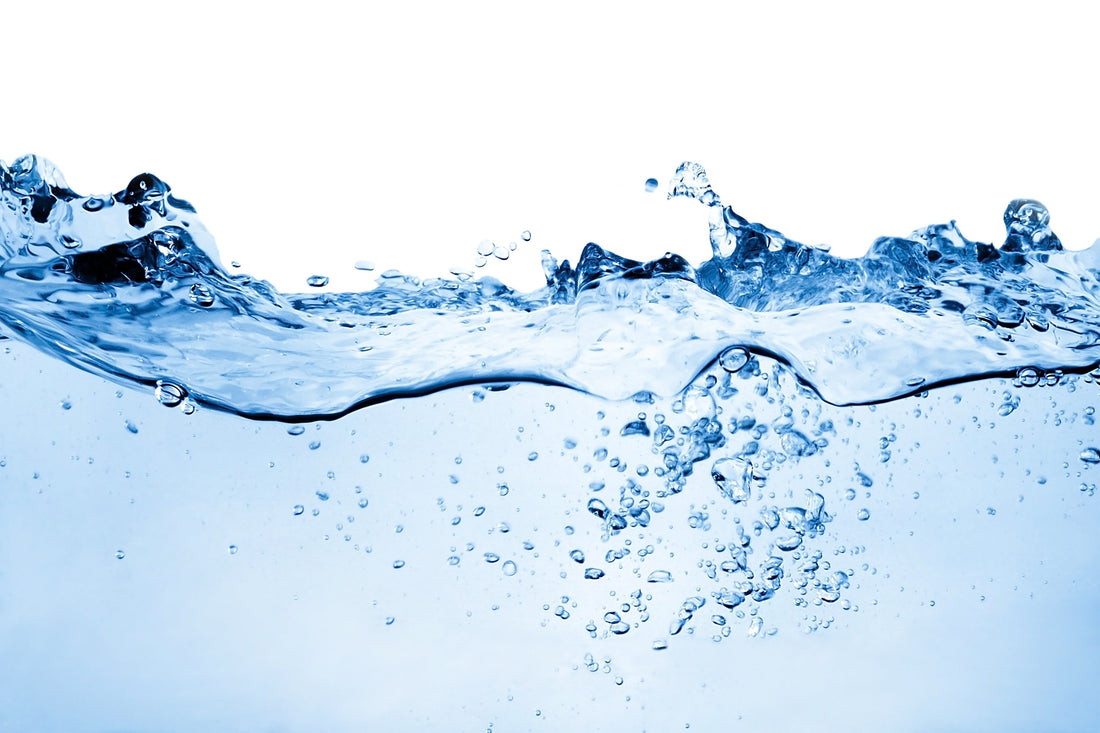Access to clean drinking water is a fundamental human right, yet for centuries, it remained a luxury rather than a guarantee. Over the past 50 years, global efforts have significantly improved water quality, preventing diseases and increasing life expectancy. The journey toward universal clean water has been shaped by science, policy, and innovation, providing valuable clean water insights that highlight both achievements and ongoing challenges.
The Evolution of Clean Water Standards
Fifty years ago, many regions around the world lacked stringent regulations to ensure water safety. The establishment of the U.S. Safe Drinking Water Act (SDWA) in 1974 marked a turning point, setting standards to regulate contaminants and ensure public health protection. Similar efforts worldwide, including the European Union’s Drinking Water Directive and the World Health Organization’s (WHO) guidelines, have strengthened global safe drinking practices.
According to WHO, over 2.2 billion people still lack access to safely managed drinking water, emphasizing the need for continuous improvement in policies and infrastructure. Experts on safe drinking stress that robust regulatory frameworks are crucial in maintaining water safety, especially in the face of emerging contaminants like microplastics and pharmaceutical residues.
Major Milestones in Water Purification Technologies
The past five decades have witnessed remarkable advancements in water purification. The introduction of chlorination in the early 20th century was a groundbreaking step, significantly reducing waterborne diseases. However, modern methods, including reverse osmosis, ultrafiltration, and UV disinfection, have further improved water quality.
In recent years, nanotechnology has emerged as a promising solution for water purification. Researchers are developing nanomaterials that efficiently remove heavy metals, bacteria, and viruses, ensuring safer drinking water. Additionally, point-of-use filtration systems have become widely available, allowing households to take an active role in their water safety.
The Role of Climate Change in Water Quality
Climate change has become one of the biggest threats to clean water availability. Rising temperatures, extreme weather events, and altered precipitation patterns have contributed to water contamination and scarcity. According to the United Nations, by 2025, nearly half of the world’s population will be living in water-stressed areas.
Experts on safe drinking emphasize the need for adaptive measures, such as improved water storage, better filtration technologies, and increased investments in water infrastructure. Furthermore, conservation efforts and sustainable water management practices are essential to ensuring long-term water security.
Waterborne Diseases and the Importance of Hygiene
Despite significant progress, waterborne diseases continue to pose a threat, particularly in developing regions. Contaminated water is a leading cause of illnesses such as cholera, dysentery, and typhoid, affecting millions of people every year.
Public health initiatives promoting hygiene education and safe drinking practices have played a crucial role in reducing disease transmission. Organizations such as UNICEF and WHO have launched numerous campaigns emphasizing the importance of handwashing, proper sanitation, and safe water storage.
Microplastics and Emerging Contaminants
In recent years, scientists have discovered alarming levels of microplastics in drinking water sources. These tiny plastic particles, originating from industrial waste, consumer products, and plastic degradation, have raised concerns about their potential health effects.
Studies indicate that humans ingest thousands of microplastic particles annually through drinking water. While research is ongoing, experts on safe drinking recommend proactive measures, such as enhanced filtration systems and reduced plastic consumption, to mitigate the risks associated with microplastics.
The Impact of Industrial and Agricultural Pollution
Industrial and agricultural activities have been major contributors to water contamination. Chemical runoff, pesticides, heavy metals, and untreated wastewater often infiltrate water sources, leading to widespread pollution.
Government agencies and environmental organizations have implemented stricter regulations to curb industrial pollution. Additionally, sustainable farming practices, such as organic farming and reduced pesticide use, are being encouraged to minimize agricultural runoff.
Innovative Solutions for Clean Water Access
Technological advancements have played a crucial role in expanding clean water access. Innovations such as solar-powered desalination, atmospheric water generators, and bio-sand filters have provided safe drinking water to remote and underserved communities.
One notable example is the LifeStraw, a portable filtration device that removes bacteria and parasites from contaminated water, making it an invaluable tool in disaster-stricken and rural areas. Such innovations continue to transform the landscape of water purification and accessibility.

The Importance of Community Involvement
Community-driven initiatives have been instrumental in promoting safe drinking practices. Local water committees, nonprofit organizations, and grassroots movements have successfully implemented water conservation and purification projects worldwide.
In countries like India, rainwater harvesting systems have been widely adopted to counteract water scarcity. Meanwhile, community-led efforts in Africa have introduced low-cost water purification methods, ensuring safer drinking water for thousands of people.
Government Policies and International Collaboration
Government policies and international partnerships have been pivotal in addressing global water challenges. The United Nations’ Sustainable Development Goal 6 (SDG 6) aims to ensure clean water and sanitation for all by 2030, driving coordinated efforts across nations.
Organizations such as the World Bank and the Global Water Partnership have funded water infrastructure projects in developing regions, improving water access and sanitation. Additionally, cross-border collaborations have facilitated the sharing of clean water insights and best practices, strengthening global water security.
Future Challenges and Opportunities
While significant progress has been made, challenges remain in achieving universal access to clean drinking water. Rapid urbanization, population growth, and climate change continue to strain water resources, requiring sustainable solutions.
Experts on safe drinking highlight the need for increased investment in water infrastructure, research into emerging contaminants, and widespread public education on water conservation. Advancements in smart water technology, such as real-time water quality monitoring and AI-driven filtration systems, offer promising solutions for the future.
Conclusion
The past 50 years have seen tremendous progress in ensuring clean drinking water for communities worldwide. From regulatory improvements and technological breakthroughs to community-driven initiatives, efforts to safeguard water quality have saved millions of lives. However, the journey is far from over.
As we look ahead, continued investment in water safety, adaptation to climate change, and international cooperation will be crucial in maintaining and improving clean water access. By embracing innovation, sustainable practices, and effective policies, we can build a future where safe drinking practices are a universal reality for all.
BoostedOxygenWater is committed to providing the highest quality clean drinking water solutions. With over 50 years of advancements in water purification and safety, we ensure our wholesale partners receive premium, oxygen-enriched water that meets the highest industry standards. Our innovative filtration technology removes contaminants while enhancing hydration and overall well-being. Join a brand that prioritizes safe drinking practices and sustainability. Partner with BoostedOxygenWater today to offer your customers the best in clean water solutions. Schedule a call with us now to explore wholesale opportunities and elevate your business with our trusted, high-quality water products!
Reference:
1. Adane, M., Mengistie, B., Kloos, H., Medhin, G., & Mulat, W. (2017). Sanitation facilities, hygienic conditions, and prevalence of acute diarrhea among under-five children in slums of addis ababa, ethiopia: baseline survey of a longitudinal study. Plos One, 12(8), e0182783. https://doi.org/10.1371/journal.pone.0182783
2. Aibana, O., Franke, M., Teng, J., Hilaire, J., Raymond, M., & Ivers, L. (2013). Correction: cholera vaccination campaign contributes to improved knowledge regarding cholera and improved practice relevant to waterborne disease in rural haiti. Plos Neglected Tropical Diseases, 7(12). https://doi.org/10.1371/annotation/13f018ff-b71a-4c5e-a276-d4b4ae608fee
Akoachere, J., Omam, L., & Massalla, T. (2013). Assessment of the relationship between bacteriological quality of dug-wells, hygiene behaviour and well characteristics in two cholera endemic localities in douala, cameroon. BMC Public Health, 13(1). https://doi.org/10.1186/1471-2458-13-692

